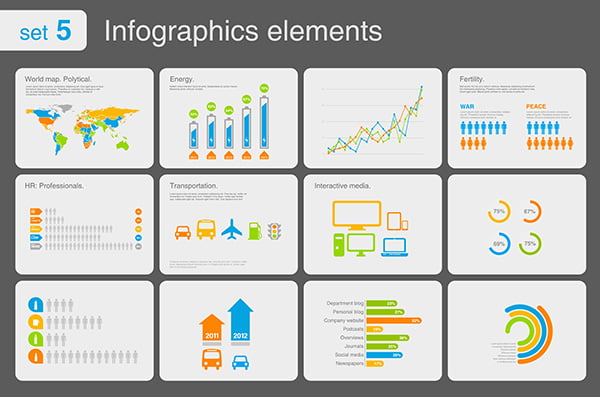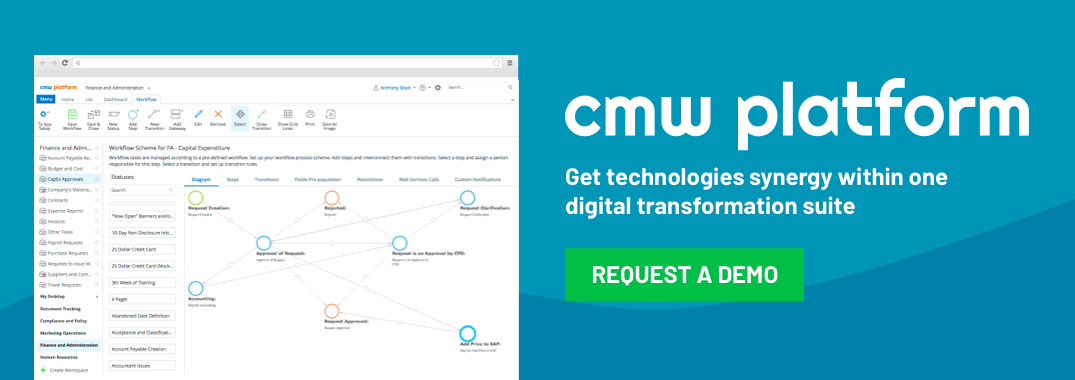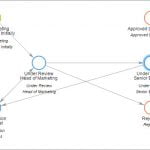How much reporting do you need?
April 15, 2025
What are you looking for in a workflow management solution for your team? Should it be customizable enough to adapt to your team’s processes? Should it be easy to use? Should it have powerful reporting tools? Of course, all these factors contribute to the overall product value, but for a manager, one of the key points are the product reporting capabilities.

Most task management solutions on the market provide a relatively uniform range of report tools that are sufficient for getting general statistics on your team efficiency. Things get complicated when you need to capture some super-special metrics required by your industry or corporate regulations. For example, imagine you’ve just hired a couple of new employees and now you need to know how their performance affects the average handling time of your requests at different stages of your workflow in comparison to the last month’s data. Such a report would give you a great insight into your team’s performance; however, just a few tools can provide this level of detail with Comindware Tracker being one of them.
The advantage of this product is that it captures a lot of various data for you even if you don’t currently need it. For example, Comindware Tracker captures the average time spent in each workflow status, time passed between the task due date and the task completion date, last update timestamp, and many other facts about your workflows. Thus, the question is more about extracting this data from the system rather than setting the system up to gather this data for you in the first place.
In Comindware Tracker, all the info we just mentioned is stored in data fields within each request or task. To bring this data into your reports, you just need to add these data fields to your report’s columns. Here are a few examples of such fields which you can use: “Time to due date”, “Time of change”, “Time spent in a step”, etc. You can use these system fields as filters in your reports or even create new (custom) fields that will perform more advanced and precise calculations based on the existing data and therefore give you more in-depth information on your workflows. You see, with so much detail at hand, even the most exotic and peculiar reports are much more real than they may seem.


Most task management solutions on the market provide a relatively uniform range of report tools that are sufficient for getting general statistics on your team efficiency. Things get complicated when you need to capture some super-special metrics required by your industry or corporate regulations. For example, imagine you’ve just hired a couple of new employees and now you need to know how their performance affects the average handling time of your requests at different stages of your workflow in comparison to the last month’s data. Such a report would give you a great insight into your team’s performance; however, just a few tools can provide this level of detail with Comindware Tracker being one of them.
The advantage of this product is that it captures a lot of various data for you even if you don’t currently need it. For example, Comindware Tracker captures the average time spent in each workflow status, time passed between the task due date and the task completion date, last update timestamp, and many other facts about your workflows. Thus, the question is more about extracting this data from the system rather than setting the system up to gather this data for you in the first place.
In Comindware Tracker, all the info we just mentioned is stored in data fields within each request or task. To bring this data into your reports, you just need to add these data fields to your report’s columns. Here are a few examples of such fields which you can use: “Time to due date”, “Time of change”, “Time spent in a step”, etc. You can use these system fields as filters in your reports or even create new (custom) fields that will perform more advanced and precise calculations based on the existing data and therefore give you more in-depth information on your workflows. You see, with so much detail at hand, even the most exotic and peculiar reports are much more real than they may seem.




